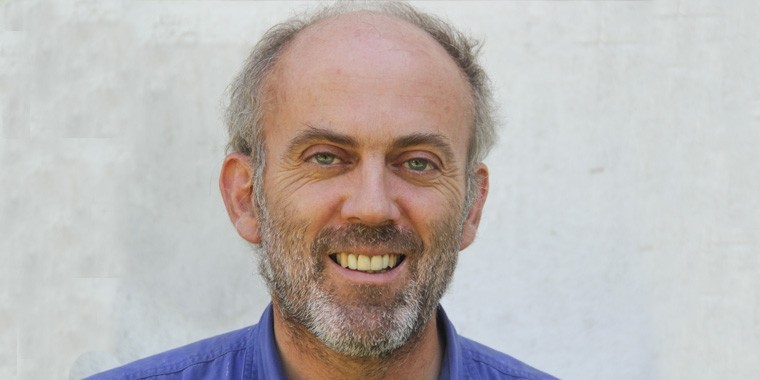As someone farming nearly 2,000 acres of land I’m very relieved that Michael Gove is not, after all, likely to introduce a cap on larger basic payment scheme (BPS) payments.
Instead he has declared that he is more inclined to introduce a flat rate percentage reduction in all BPS payments (perhaps leaving smaller payments intact) until he finally abolishes the BPS in 2022 (or in 2024 if the Tories survive the next general election).
But, while I can breath a sigh of relief that my BPS receipts are not likely to be capped, I can’t help but worry about the prospect of this subsidy being phased out. Growing combinable crops on marginal East Sussex arable land is always likely to require a significant subsidy to make it profitable.
Recent figures from Andersons Consultants “Loam Farm” model (a 1,500 acre virtual combinable crop unit created by Andersons from data from the arable farms they advise) show just how dependent on the BPS arable farmers on poor land are.
For 2018, “Loam Farm” is predicted to trade at a profit of 80 pence per acre (yes, pence) after paying rent and/or finance costs of £98 per acre and private drawings to the farmer of £32 per acre. These results assume average feed wheat yields of nearly 3.7 tonnes to the acre (predicted to be worth £150 per tonne), average milling wheat yields of 3.4 tonnes to the acre (at £160 per tonne) and average oilseed rape yields of 1.6 tonnes to the acre (at £310 per tonne).
These yields are worryingly above mine. Indeed they remind me of the yields from the best harvest I ever had (1984). For arable farmers to be able to take any drawings from their business they must first achieve a consistent average yield of at least 3.5 tonnes of feed wheat to the acre. This is a very tall order on much of the arable land cultivated in the South East – a lot of which is either thin, steep chalk land or heavy, difficult clay.
What, then, will happen to arable farming in our region if Mr Gove does withdraw all the BPS subsidy? Historically, of course, when grain production was not profitable marginal quality arable land was sown to grass, and some sort of livestock production undertaken (“up horn/down corn”). But modern dairying has become a very specialist enterprise, and beef and sheep farming is currently even less profitable than arable farming.
So, if poor land is to be farmed at all, much will depend on Mr Gove’s forthcoming agri environment initiative (to be funded by money taken from the BPS pot). If money is to be paid to farmers to adopt techniques he deems environmentally friendly such as min till or smarter ways of using ammonium nitrate that release less greenhouse gas into the atmosphere, perhaps this will be the way that arable farmers are kept in business.
Without such financial assistance the complete abandonment of all farming activity on a lot of farmland across the region would seem inevitable. But perhaps that is what is meant by the “re wilding” of some of Britain’s countryside?




